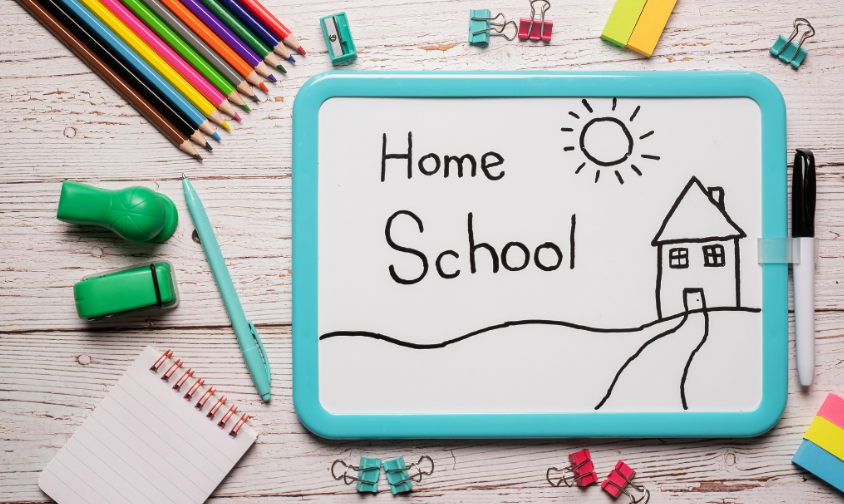In March 2020, the COVID-19 pandemic hit the United States and an involuntary form of home schooling — remote learning — was suddenly thrust upon families everywhere. As the 2021-22 academic year progresses, it’s clear that the pandemic's impact on education will be lasting, with one of its greatest effects being the rise in homeschooling.
According to a year-long investigation by The Washington Post, homeschooling has become the fastest-growing form of education in the United States. The number of children in homeschooling has increased by 45 percent since the 2017-18 academic year, based on data collected by the Post. This growth outpaces both public and private school enrollment, making homeschooling the fastest-growing form of education in the country.
This trend is not limited to any particular region or type of community. The Post’s data analysis, which included 32 states and the District of Columbia, found that the surge in homeschooling is happening in both urban and rural areas, as well as in communities of different socioeconomic backgrounds. In 24 of New York City’s 33 school districts, the number of home-schooled children at least tripled over six years. Similarly, in Miami-Dade County Public Schools, which has a large Hispanic population, homeschooling nearly doubled.
The profile of home-schooling families has also changed significantly. While religious reasons were once the primary motivation for homeschooling, accounting for around two-thirds of families in a 2012 federal survey, this has shifted in recent years. The Post-Schar School poll found that only 34 percent of parents who began home-schooling during the pandemic cited providing religious instruction as a reason. Instead, concerns over school safety, bullying, and politicization in schools are now cited by a majority of parents.
Moreover, homeschooling is now a far more diverse practice than it was in the past. The White share of home-schooled students has fallen from three-quarters to under half, with an increase in Hispanic families choosing to home-school.
The nature of homeschooling has also evolved, with the availability of online resources and in-person programs. The Post-Schar School poll found that almost 60 percent of home-school families use online classes and about 1 in 10 use microschools or learning pods. Additionally, half of home-school parents reported that their children will receive at least some instruction from a teacher or tutor this year.
It's important to note that the rise in homeschooling has not been uniform across the country. Wealthier school districts and those with high test scores saw the biggest increases during the first year of the pandemic, but these spikes have since come down. In contrast, low-performing districts did not see significant increases in homeschooling, disproving the theory that parents are solely motivated by dissatisfaction with their child’s school.
Ultimately, the pandemic has brought about a fundamental shift in the landscape of education in the United States, with homeschooling now a significant and diverse piece of the puzzle. It will be key for policymakers and educators to understand and adapt to this growing trend in order to meet the changing needs of families and students.

